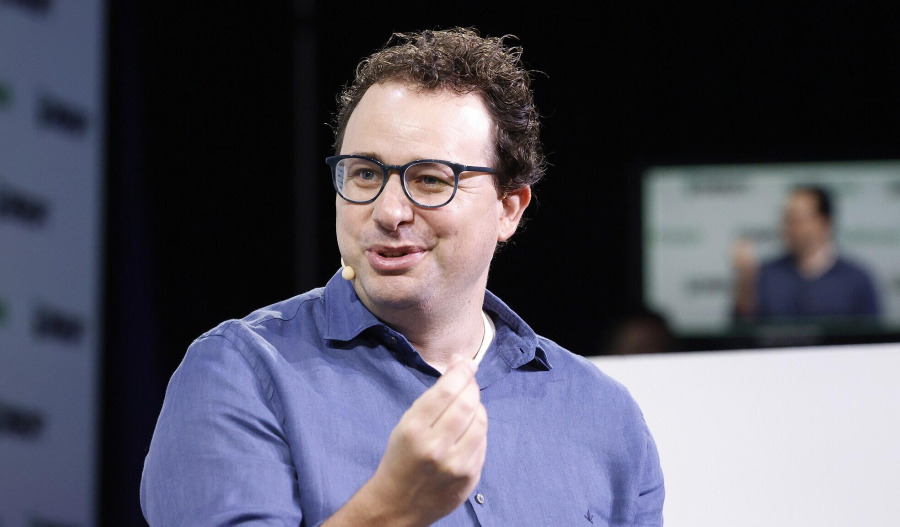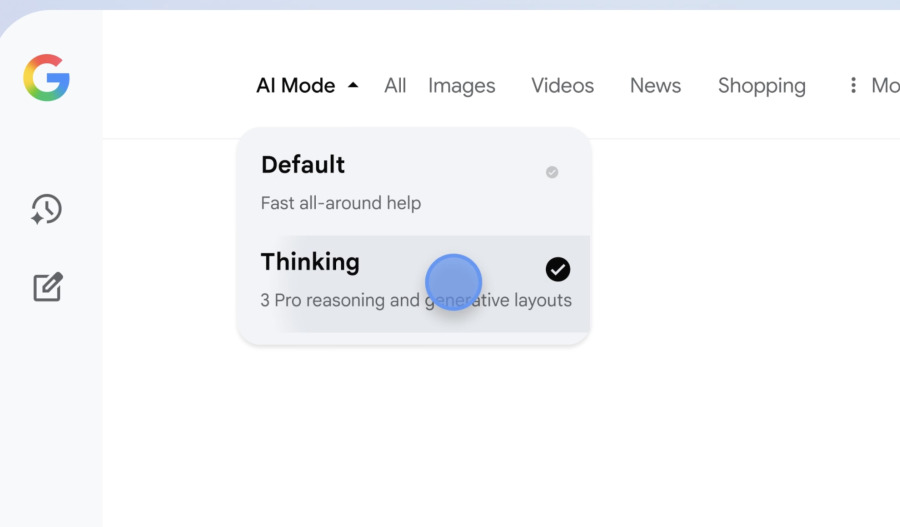The Australian federal government has formally stepped into the algorithmic ring, greenlighting the Australian Artificial Intelligence Safety Institute (AISI) to reign in the "wild west" of frontier AI model development.
Slated to go live in early 2026, the new technocratic overseer will act as the nation's primary circuit-breaker for generative AI.
It's tasked with stress-testing high-risk large language models (LLMs) and steering policy on synthetic media deepfakes, alignment drift, and automated decision-making.
Minister for Industry and Science Ed Husic confirmed the institute would act as a "central hub" for the government's safe and responsible AI agenda - a program already bolstered by a $39.9 million funding package allocated in the 2024-25 Federal Budget.
"Australians understand the value of artificial intelligence, but they want to see the risks identified and tackled," Husic said in a statement.
“We want safe and responsible thinking baked in early as AI is designed, developed and deployed.”
The "playbook" and the peril
The regulatory push isn't happening in a vacuum. Alongside the watchdog, Canberra has dropped a tactical guide for corporate Australia: the new Guidance for AI Adoption, which condenses previous voluntary guardrails into six "essential practices" for avoiding litigious disasters.
While a recent Reserve Bank survey found enterprise-wide AI transformation remains the exception - with nearly 40% of firms reporting only minimal usage - the legal stakes are skyrocketing globally.
U.S. courts are currently grappling with a wave of algorithmic discrimination suits, including the high-profile Mobley v. Workday class action, which alleges HR screening tools are biased against applicants over 40.
The government’s new playbook - which mandates practices like "Decide who is accountable" and "Maintain human control" - is designed to inoculate Australian firms against similar exposure before the technology scales.
Australia is also now set to plug into a "Tier-1" network of global heavyweights - syncing up with the United States, United Kingdom, Canada, and Japan - to engineer interoperable guardrails.
The coalition is designed to halt a regulatory "race to the bottom" by pooling intel on black-box vulnerabilities and the capability curves of next-gen models.
Cross-border harmonisation is viewed as a critical hedge for smaller markets like Australia, ensuring domestic tech policy isn't steamrolled by offshore giants setting the rules of the road.
“Bravo”
The announcement triggered a collective exhale from the scientific establishment.
Toby Walsh, Chief Scientist at the University of New South Wales AI Institute, dropped a simple but emphatic "Bravo!", signalling the end of fears that Australia was becoming a technological backwater.
Greg Sadler, the voice for Australians for AI Safety, pitched the institute as a sovereign capability play.
"A world-leading AI Safety Institute will give Australia the technical expertise to understand advanced AI, contribute to preventing serious risks, and put us on the path to global leadership," Sadler said.
However, the regulator faces a labyrinth of complexity. Corporate law firms warn that with AI agents redefining outsourcing and autonomous enterprise workflows, the institute will need to navigate a minefield of liability frameworks.
Industrial battleground
While the tech sector nods in approval, Canberra’s corridors are split.
Shadow Minister for Industry and Innovation Alex Hawke slammed the timing, labelling the launch a distraction from "Labor's dithering" on the issue.
"AI needs serious, coordinated national leadership," Hawke said, warning the tech "must not become a trojan horse for the union movement to kick-off more industrial interference".
On the other side of the fence, the Australian Council of Trade Unions (ACTU) sees the body as a necessary firewall against Silicon Valley hegemony.
ACTU Assistant Secretary Joseph Mitchell framed the regulator as a counterweight to unchecked automation.
"Too many livelihoods have been stolen in the rapid development of these models," Mitchell said.
"The first step in sharing the benefits is protecting against the potential harms."



